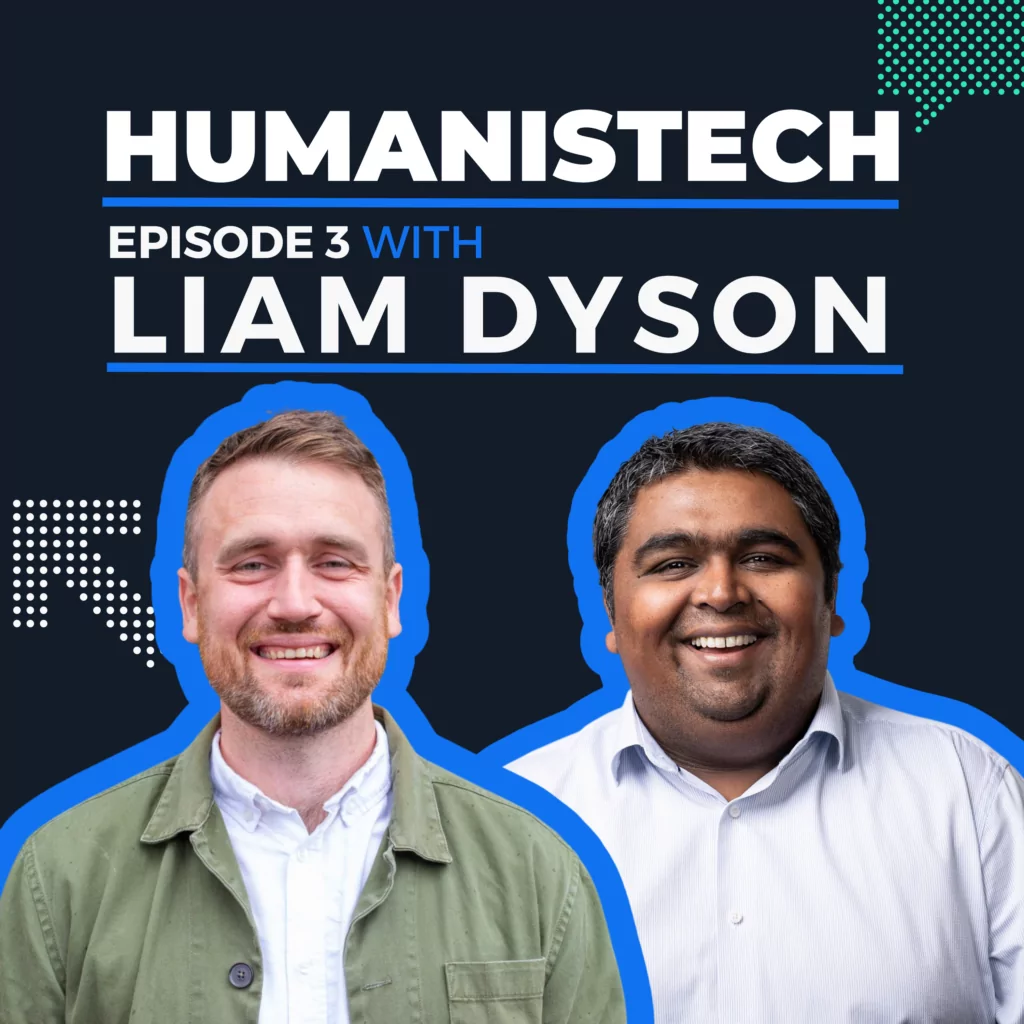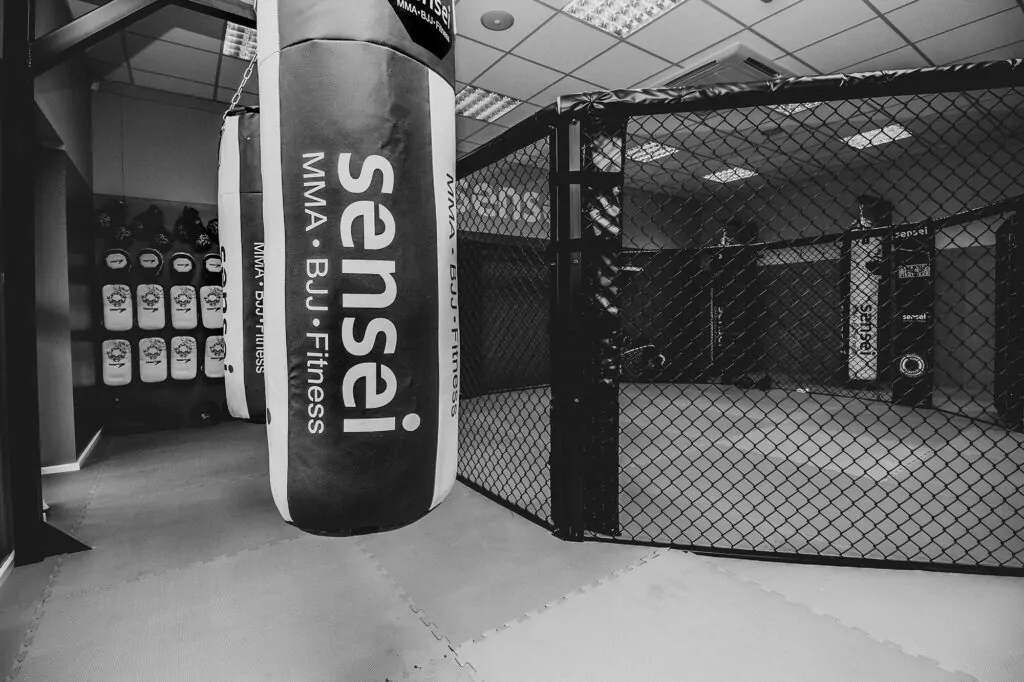With hospitals under ever-greater pressure to do more with less‚ the healthcare sector is increasingly looking to technology to drive efficiency savings. Krishna Pediredla‚ hedgehog lab’s Head of Marketing‚ looks at how Internet-of-Things devices are already ushering in the age of smart‚ connected hospitals.
In terms of data creation‚ hospitals are a veritable production line of facts‚ figures and information. When a patient enters a hospital they immediately become a data point in the wider network with everything from their waiting time to their blood pressure logged and entered into a relevant system.
Data drives improvement and progress within the healthcare sector‚ but with so many data sources hospitals can often struggle to keep on top of the sheer masses of data—particularly when it comes to privacy and security.
Despite the mammoth amount of data currently being hoovered up and recorded at hospitals everywhere‚ these facilities are still sitting on a goldmine of potential data which could be channeled back into improving service provision. If the hospital is the data goldmine then Internet of Things (IoT) devices could be the pickaxe.
![[object Object] [object Object]](http://images.ctfassets.net/o6514hijae09/4S3xF8s0y1UHkTxS7D2qSL/ee6a1368ff4aef18340feb5346419727/natanael-melchor-43LwvC-eQPM-unsplash.jpg)
Operating room with an information display. Photo by Natanael Melchor on Unsplash
The Internet of Things is a catch-all term for the network of ‘smart’ devices that have the capability to talk to other devices and the wider Internet‚ transmitting information and data from their sensors‚ trackers and other inputs.
These devices‚ which have been popularised by consumer tech such as fitness trackers and smart TVs‚ have increasingly proliferated our everyday lives as the demand for connected devices has exploded. Sometimes the demand is‚ erm‚ questionable to say the least. $200 smart salt shaker anyone? But in contexts such as healthcare they have the potential to improve patient care and make your local hospital a whole lot more efficient.
Here’s how.
Getting people where they need to be‚ quicker.
The organised chaos of a modern hospital is sustained by getting people where they need to be as quickly as possible. However‚ as services have become more strained‚ particularly in the West where cuts to health budgets have combined with a surge in lifestyle illnesses such as heart disease and diabetes‚ blockages have become far more common.
Accident and emergency waiting times and delayed transfers are two of the metrics that are used to measure performance in NHS hospitals in the UK‚ and both have been on the rise in recent years. With such an overburdened health system‚ getting people to the right department as quickly as possible is now more important than ever.
With this in mind‚ NHS Highland is testing IoT enabled smart beds at Caithness General Hospital in Wick where it has equipped the hospital’s 68 beds with bluetooth sensors that transfer real-time data to a centralised portal.
The complicated hydraulics that make up modern hospital beds already require routine maintenance to maintain their safety and comfort‚ and this added to tracking their movements throughout a hospital’s premises places a significant administrative burden on medical staff.
Developed in conjunction with IoT firm Beringar‚ the trial network will help Caithness General Hospital monitor the condition of their beds as well as track their position in the hospital through the specially developed real-time network.
By ensuring beds are better maintained and maintenance is carried out in a more timely manner this should‚ in theory‚ mean more beds are in service at any given time. Getting more people into hospital beds when they need it.
![[object Object] [object Object]](http://images.ctfassets.net/o6514hijae09/262XxNoxVHXoryIGNbW1hr/4ad3f0dddf321e0d8099043d0d0584c1/hospital_patient.jpg)
A female patient lying in a hospital bed.
Efficient bed management isn’t just a performance metric‚ it also has a major bearing on service user comfort and quality of life. With this in mind‚ a New York hospital has pioneered the use of algorithms and sensors to optimise bed assignment in an effort to cut down on waiting times.
Mount Sinai hospital‚ which is one of the busiest hospitals in the US‚ has been using GE Healthcare’s Autobed system since 2013 to keep tabs on the location of beds‚ who’s in them and where the nearest bed might be. Its initial six-week trial at the hospital was found to decrease waiting times by one hour for over half of all emergency room patients.
By shifting the logistical heavy lifting to computers‚ the system becomes more efficient and frees up the brain space of medical staff to focus on actually providing care rather than playing bed chess with patients.
In-home check-ups with wearables.
The 10‚000 step myth might’ve been debunked but the rise of the wearable shows no signs of abating. With sales of smartwatches such as Fitbits and Apple Watches set to top 80m units globally by 2021‚ consumer demand will continue at a brisk pace.
With such impressive numbers‚ the amount of people tracking‚ storing and sharing their individual health metrics is going to rise alongside the market‚ and so too is societal acceptance of such voracious data collection.
The sort of data that these devices are collecting is only going to increase in volume and complexity too‚ which is music to the ears of medical practitioners. Although we’re not at the level of medically verifiable data just yet (the heart rate and movement data collected by most wearable devices is still too inconsistent)‚ the technology could provide medical staff with the tantalising opportunity to slash the number of routine check-up appointments that pass through their doors.
Combine this with artificial intelligence (AI) in the near future and the potential of this data becomes even greater‚ opening up the potential for predictive and assistive healthcare models. Although we’re getting a little ahead of ourselves there!
Back in the present day and at the specialist end of the market‚ there are already devices that can monitor a wearer’s blood pressure while the ECG monitor on the Apple Watch Series 4 claims to offer 98 per cent accuracy.
![[object Object] [object Object]](http://images.ctfassets.net/o6514hijae09/4dExwfpkD0JZVXa2o9zHNo/24583c8f28769961fc3eab1ae36fb96f/andres-urena-V7UoMNWsYsg-unsplash.jpg)
A Fitbit and an Apple Watch. Photo by Andres Urena on Unsplash
Over at Fitbit‚ the tech firm has been developing wearables that can detect everything from diabetes to sleep apnea and cardiovascular health through its business-to-business offshoot‚ Health Solutions. In fact‚ so confident is the wearable company about the Fitbit Ionic’s ability to detect sleep apnea‚ it plans to submit the device for approval by the US Food and Drug Administration.
Admittedly‚ it’s unlikely your local hospital is using wearable IoT devices to replace medical check-ups just yet. But the remote collation of health data from medically-approved wearable devices beamed directly to your doctor from the comfort of your own home is inarguably where the market is going.
A bitter smart pill to swallow.
Forget about wearables‚ how about swallowables? It might not be as catchy‚ but many are backing swallowable IoT technology to be the next major development in the healthcare industry.
Smart pills are traditional medicines equipped with a sensor that sends data back to a device on the patient’s body‚ storing data which can then be accessed by a medical practitioner later. This might sound impossibly futuristic‚ but there is already a fully regulated smart pill on the market—the Abilify MyCite.
Targeted at people who are receiving treatment for schizophrenia‚ the pill consists of an aripiprazole tablet equipped with a digestible sensor that sends a signal to a patch attached to the patient’s ribcage once the tablet comes into contact with stomach acid. The patch then communicates this information with a smartphone app‚ helping users to stay on top of when they have or have not taken their medication.
![[object Object] [object Object]](http://images.ctfassets.net/o6514hijae09/37Qi5U7Kpn3rsq0xI0iRNj/8d04325f8eca82e8df04de57b95ffc9b/thought-catalog-kkysaOcVE94-unsplash.jpg)
Pills like these could soon be carrying digestible sensors. Photo by Thought Catalog on Unsplash
Heavily funded medtech business Rani Thereaupeutics is also working on its own smart pills which it claims have the potential to replace common injectable drugs with pill equivalents. Their robotic pill‚ which is still in pre-clinical trial phase‚ takes the form of a regular tablet that is able to travel through a patient’s stomach and administer an injection in the lower intestine.
Once market ready‚ the technology has the potential to significantly reduce the financial impact of patients who either forget or refuse to take their medication. A figure which stands at around $239bn annually in the US alone.
Managing the built environment.
Even your smaller regional hospitals are often vast‚ sprawling complexes. Intimidating 24-hour logistical nightmares that make even the Brexit process look like a walk in the park. Stick one of the civil service’s EU withdrawal negotiators in charge of a mid-sized UK hospital and you’re likely to find them breathlessly scurrying back to Brussels before their shift is over.
The sheer scale of the task; with service users coming and going at all hours and staff clocking in and out on rolling rotas further complicated by facilities management that can have a huge impact on the availability of patient-critical machinery. A dodgy air-conditioning unit or power cut in an office might rob a business of an afternoon’s productivity‚ the same occurence in a hospital can imperil lives.
IoT devices have tremendous potential on this front to help managers stay on top of critical building functions as well as automating parts of facilities management that have previously required direct control.
![[object Object] [object Object]](http://images.ctfassets.net/o6514hijae09/nZcGV6TMZ9jJmY7Wp5bwW/bf404a5b35a59b27ffbb158a0b1258bf/hush-naidoo-ZCO_5Y29s8k-unsplash.jpg)
Patient comfort and logistics could all be improved by IoT.Photo by Hush Naidoo on Unsplash
In the near future‚ so-called ‘smart hospitals’ could be equipped with networked sensors that monitor temperature‚ pressure and even lighting which can be automatically adjusted on the fly‚ providing advantages for patient comfort‚ energy saving initiatives and staff workload.
Particularly well-equipped hospitals around the world are already implementing some of these innovations to help them operate more efficiently. IoT business STANLEY Healthcare has installed connected devices in over 5‚000 US hospitals for functions including temperature‚ pressure and humidity control‚ providing even more data and insight into how a hospital is functioning.
As hospitals become equipped with ever more sensors the challenge will be to get them all speaking to each other and distilling their reams of data into actionable analytics‚ with machine to machine (M2M) technology facilitating the automation of many of a hospital’s everyday functions.
IoT as the future of sustainable healthcare.
With an estimated 161m IoT devices set to be installed within healthcare contexts by 2020‚ smart‚ connected devices are going to become a vital cog in the machine of hospitals everywhere.
In this climate of innovation‚ devices that automate most key functions within a hospital are going to combine with more efficient clinical functions and the added security of sensor-backed oversight to drive an IoT revolution in healthcare.
As hospitals all over the world are placed under strain from ageing populations‚ chronic diseases and straitened health budgets‚ the efficiencies provided by smart‚ connected devices are going to drive real cost efficiencies and savings in clinical contexts.
And with the market set to balloon to $158bn by 2022‚ growth is likely to line the pockets of all those operating in the space as a consequence.
Do you agree that IoT is going to transform hospitals in the next decade? Let us know your thoughts – tweet us at @hedgehoglab.





